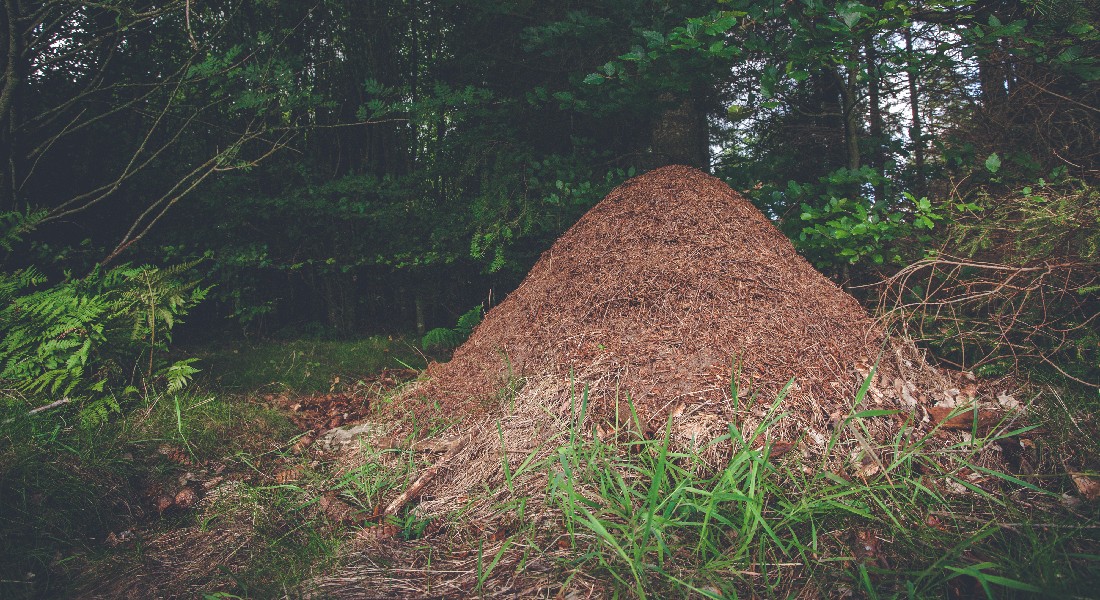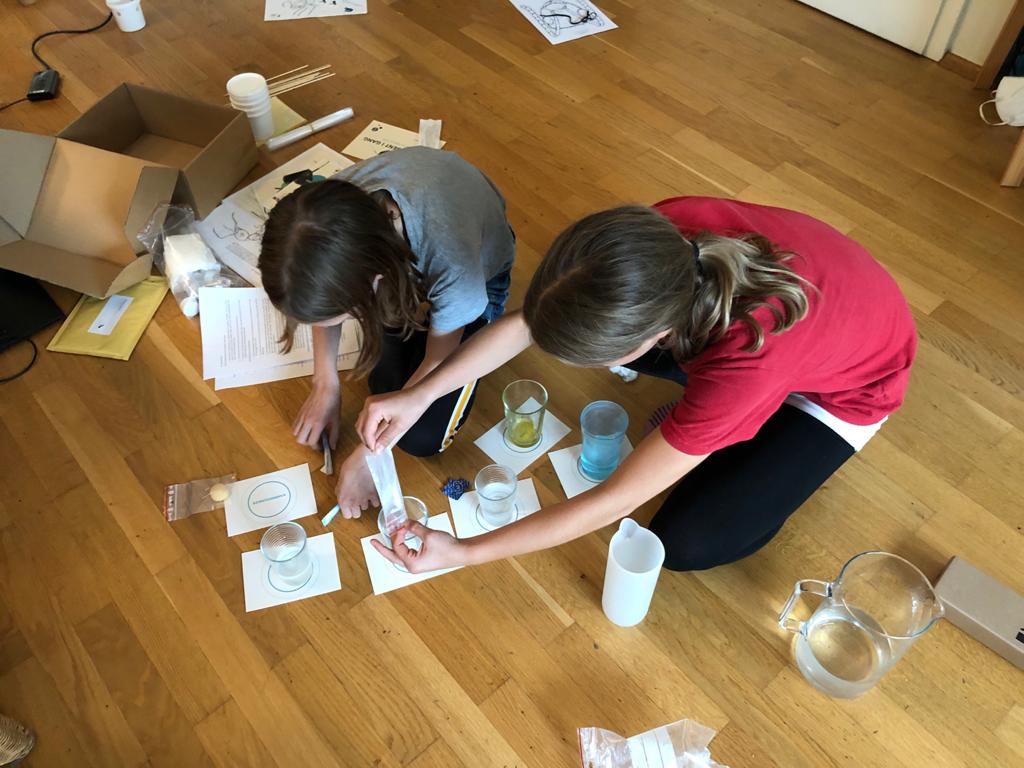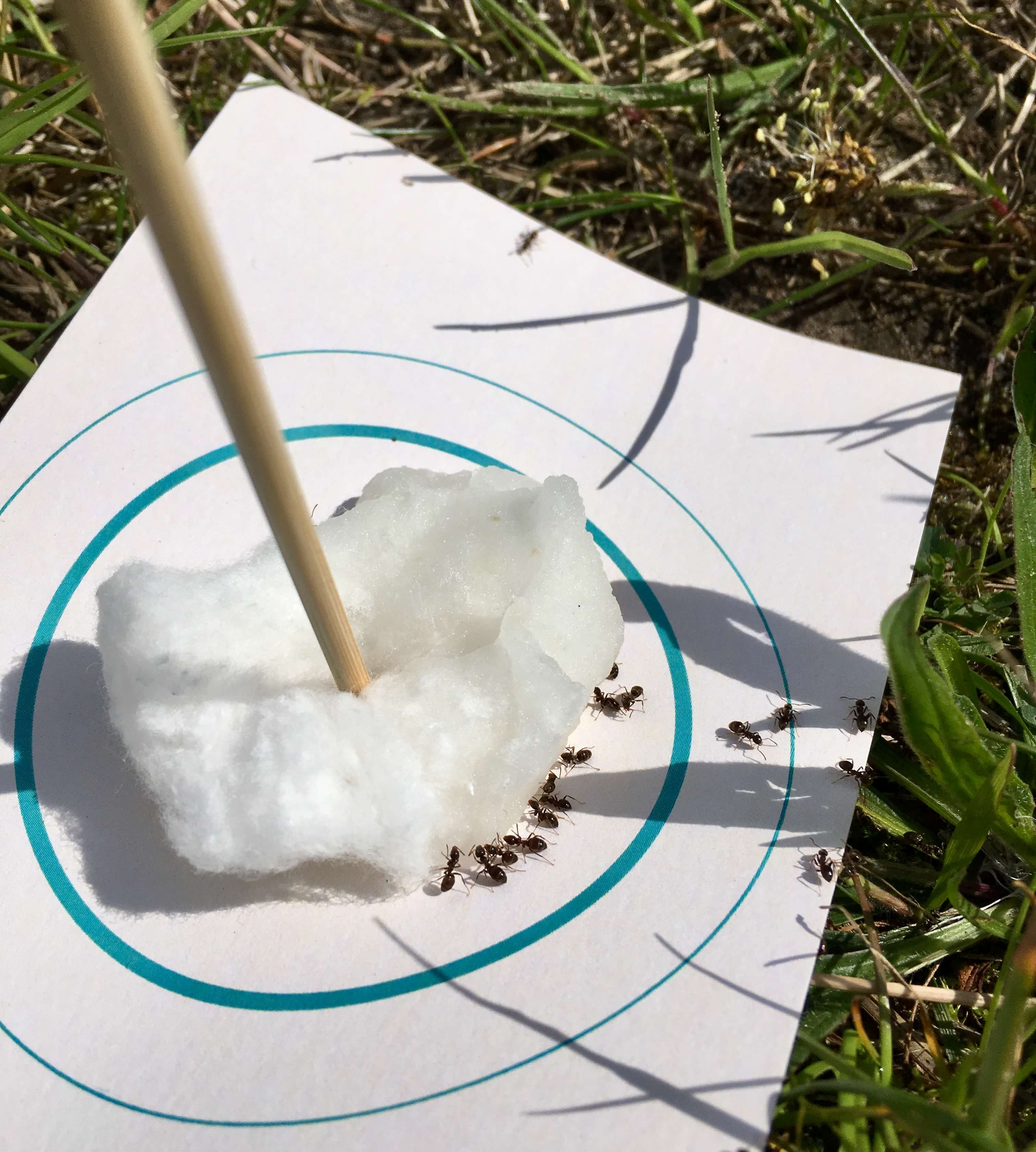They are very important for Danish nature. And, fortunately, many are doing well!
A new research project from the University of Copenhagen has investigated the state of 29 Danish ant species over the past 120 years, roughly half of all native species. The researchers conclude that most of the species are doing well. They are extremely adaptable, even when faced with climate changes.

They help trees and plants spread their seeds. They aerate the soil, keep pests at bay, reuse nutrients and represent an important source of food for other organisms. They are tiny and often overlooked.
Ants!
Even though bees often get all the attention, ants also play an important role in maintaining biodiversity. We simply have not previously had enough data to assess whether or not ants in general are negatively affected by climate and environmental changes. A team of researchers from the University of Copenhagen have set out to change that.
“Most of the ants we have studied are doing well. We have studied the trends of ant species in Denmark over the past 120 years, and we can see that while seven species are in decline, eight are becoming more common. The rest of the studied species are most likely stable,” says Dr Julie Koch Sheard from the Center for Macroecology, Evolution and Climate. She is the first author of the new study that has analysed the condition of the 29 most common ant species in Denmark over the past 120 years.
They have been around since the age of dinosaurs, which means that they are extremely adaptable. They have managed to spread to all parts of the world, except the Arctic, the Antarctic and a few small islands. Therefore, it is not surprising to us that Danish ants are doing well.
She does stress, however, that there are a total of 59 native ant species in Denmark and that the team has only been able to study around half. To the best of the researchers’ knowledge, the study, which maps ants at a national level, is the first of its kind in the world.
The fact that ants have done fairly well despite agricultural and climate changes might be due to their ability to adapt to their surroundings, Julie Koch Sheard explains.
“They have been around since the age of dinosaurs, which means that they are extremely adaptable. They have managed to spread to all parts of the world, except the Arctic, the Antarctic and a few small islands. Therefore, it is not surprising to us that Danish ants are doing well,” she says.
And that is a good thing. Because ants fulfil many important roles and are thus essential to Danish forests and other natural environments. In some parts of the world, half of all plant species depend on ants to spread their seeds. In other places, ants are dominant predators, eating other insects, while in yet others, they constitute the main herbivores, converting more biomass than cattle.
“At the same time, ants represent an important source of food for other organisms. If we did not have wood ants, for example, some birds, including the European green woodpecker, might lose an important source of food and die. Wood ants also help keep other insects down. That is why wood ants are sometimes introduced in plantations, where they keep pests at bay,” Julie Koch Sheard explains.
Even though wood ants keep pests at bay, they live side by side with many other organisms. Researchers have found at least 70 different organisms around anthills belonging to the species a species of European red wood ant, which with around 800,000 residents can devour 200 kilos of insects a year.
Help from citizens
It is impossible to count individual ants, but a new method has made it possible to come up with an estimate. This method focusses on how frequently a given species is detected in a specific area compared to how intensely you have been looking for it. You then compare the result to how often the species used to be detected, and the result will tell you whether the species is increasing, stable or declining.
But to do that, the researchers needed help from the Danish population. For two years they did a project called the Ant Hunt (in Danish: Myrejagten), which targeted children and youth aged three to 18 years. The participants set up experiments to lure ants into a trap. They then sent the ants they caught to the researchers, who then studied and identified the species.
“More than 500 families and schools participated and sent us 19,000 ants. We combined this material with data from museums and personal notes, and the result was a dataset spanning the years 1900-2019,” says Julie Koch Sheard.
Somewhat surprisingly, the researchers and Ant Hunt participants also discovered a new ant species for Denmark, Tetramorium immigrans, also known as the pavement ant (in Danish: “vejfrømyre”). The species originates from Southern Europe, but is common in both the USA and Canada.
Read the entire study ‘Long-term trends in the occupancy of ants revealed through use of multi-sourced datasets’ here.


Contact
PhD Julie Koch Sheard
Julie.sheard@sund.ku.dk
+45 42 95 42 46
Press Officer Søren Thiesen
s.thiesen@sund.ku.dk
+45 28 75 29 34
